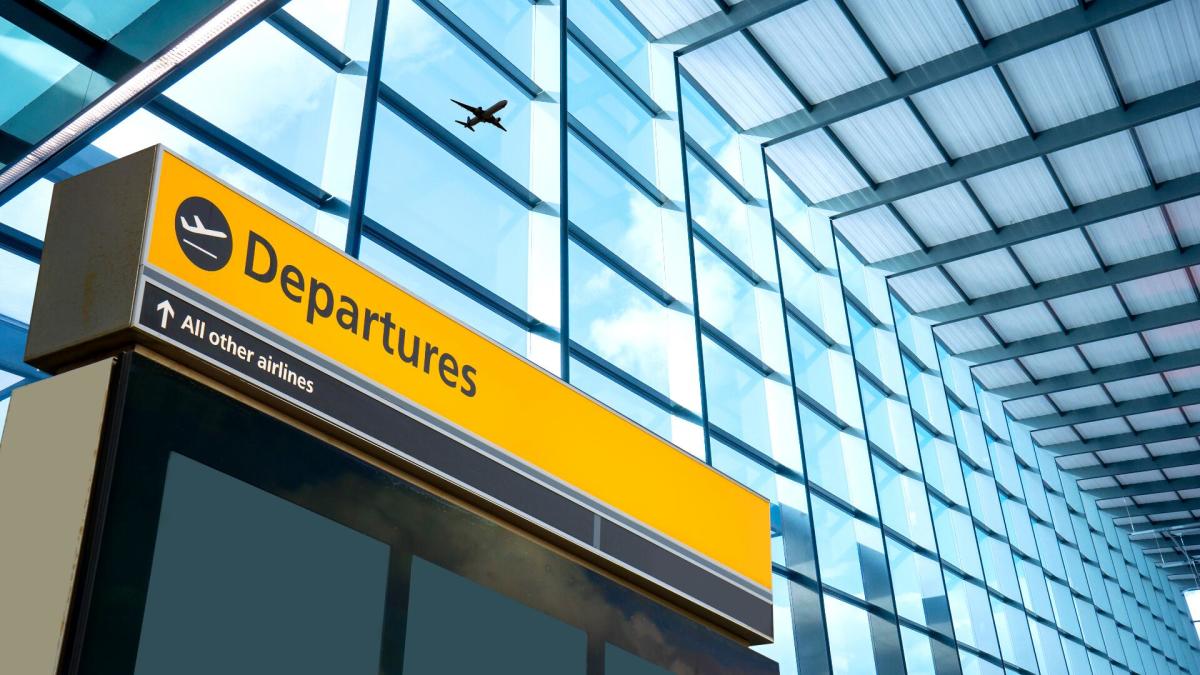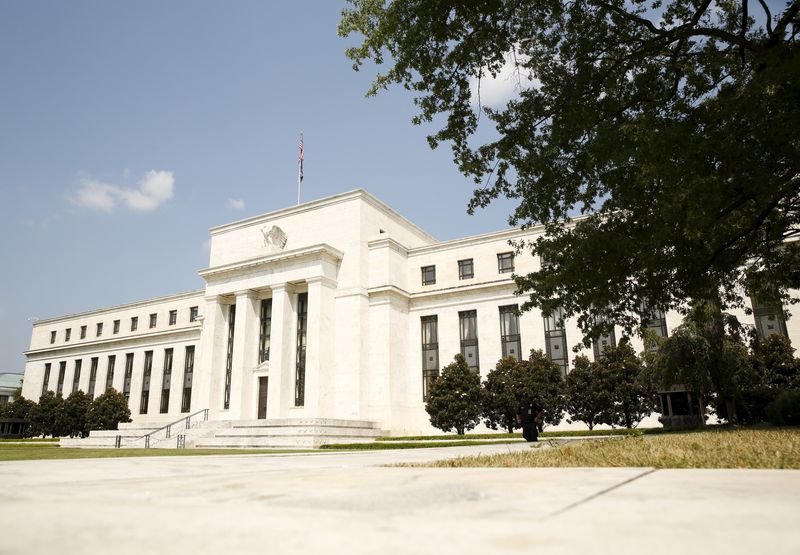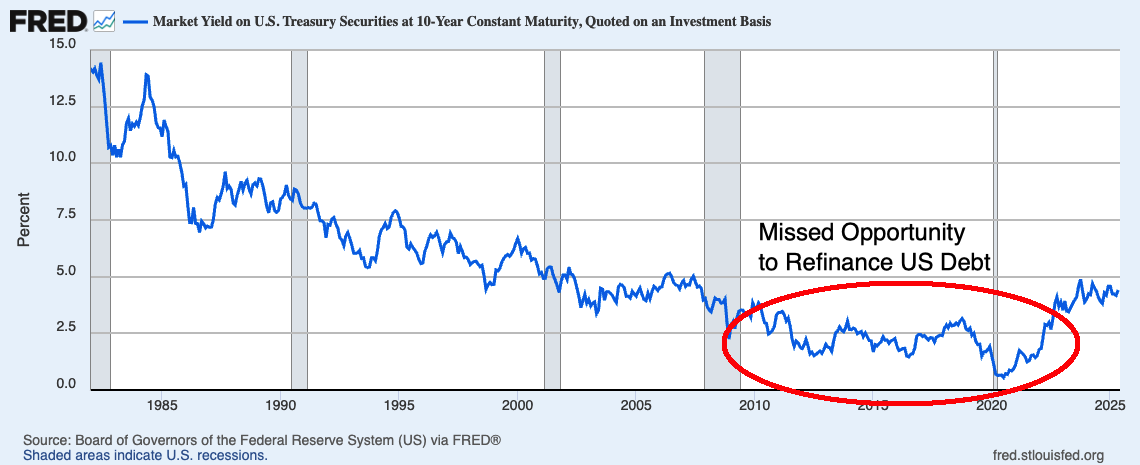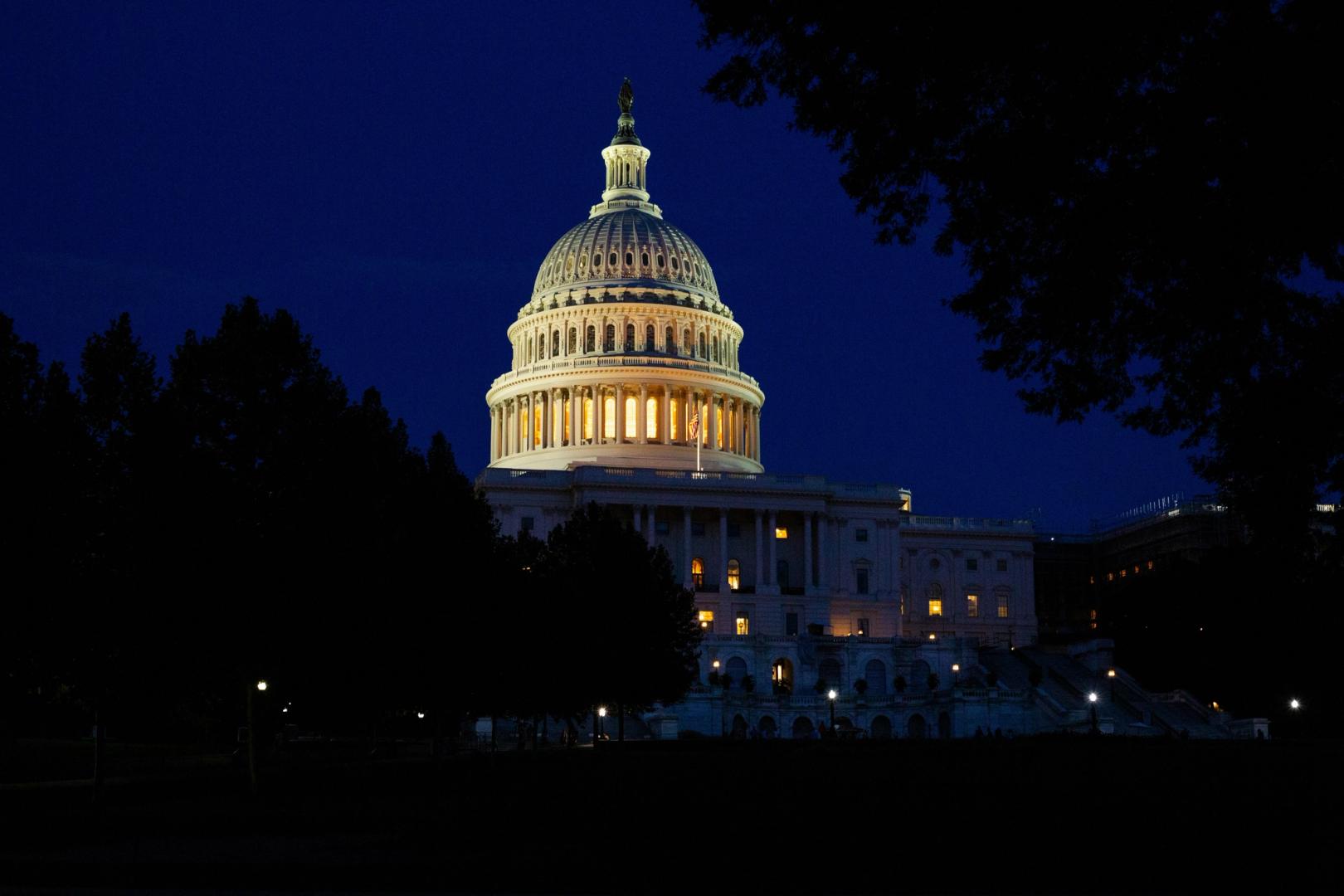New airspace structure to improve problem of crowding in the skies
The UKADS would redesign the country's airspace to move away from an older model.

The fatal crash between an American Airlines (AAL) commercial flight and Black Hawk military helicopter over the Potomac River drew the public's attention to the fact that the DC airspace is among the most congested in the world, and shed light on the flight crowding that has been a problem for decades.
The number of air travelers continues to increase to unprecedented heights and the crowded airspace is especially problematic in large global metropolises.
With six major and several smaller airports within driving distance of the city, London has the most congested airport system in the world by passenger traffic and the most flights moving through its airspace at any given time — in 2024, the six airports across the U.K. saw over 177 million travelers.
Don't miss the move: SIGN UP for TheStreet's FREE Daily news
'Quicker, quiet and cleaner flights': UK aims to establish new UKADS airspace model
In the United Kingdom, the country's Department for Transport and UK Civil Aviation Authority are aiming to establish a new agency branch tasked with redesigning the airline routes that in some cases were planned over 70 years ago before the rise of commercial aviation.
In a June 2 release, the two government agencies said that the UK Airspace Design Service (UKADS) would be the "new single guiding mind to deliver a modernised [British spelling] and holistic design of UK airspace enabling quicker, quieter and cleaner flights."
Related: Pilot video showing just how close planes really fly is freaking out some travelers
The goal of establishing UKADS as a consultatory model came out in October 2024 amid talks between British DfT and CAA officials. While establishing it as a full branch and consultation advisory would be years away, the idea is to create an entity that would "act as a single guiding mind" on how to solve the problem of airspace crowding and move British airport systems away from aging technology. Shutterstock
'Design has remained largely unchanged since the 1950s'
"UK airspace is an invisible but essential piece of our national infrastructure," the Department of Transport and Member of Parliament Mike Kane said in a written statement to the British Parliament. "Its design has remained largely unchanged since the 1950s, when there were around 200,000 flights per year in UK airspace, compared to 2.47 million in 2024. If UK airspace is not modernised, it has been estimated that by 2040, one in five flights could experience disruption and delays."
More on transportation:
- United Airlines places big bet on new flights to trendy destination
- Government issues new travel advisory on popular beach destination
- Another country just issued a new visa requirement for visitors
The proposal draws attention to the fact that, as things stand now, regulatory and funding issues pertaining to airspace technology are spread between multiple agencies which make the issue of improving systems a particularly complex one.
The British CAA states that this creates issues of "dispersed and scarce expertise" particularly in the introduction and funding of emerging aviation technology such as electric vertical take-off and landing (eVTOLs) aircraft and aerospace science.
"The initial priority for the will be to design airspace for the London ‘cluster’ of the airspace change masterplan," the proposal reads further. "The London cluster has the most complex airspace in the UK, and modernisation will unlock significant benefits. This would include any airspace change required for a third runway at Heathrow."
Related: Veteran fund manager issues dire S&P 500 warning for 2025













































































































































































